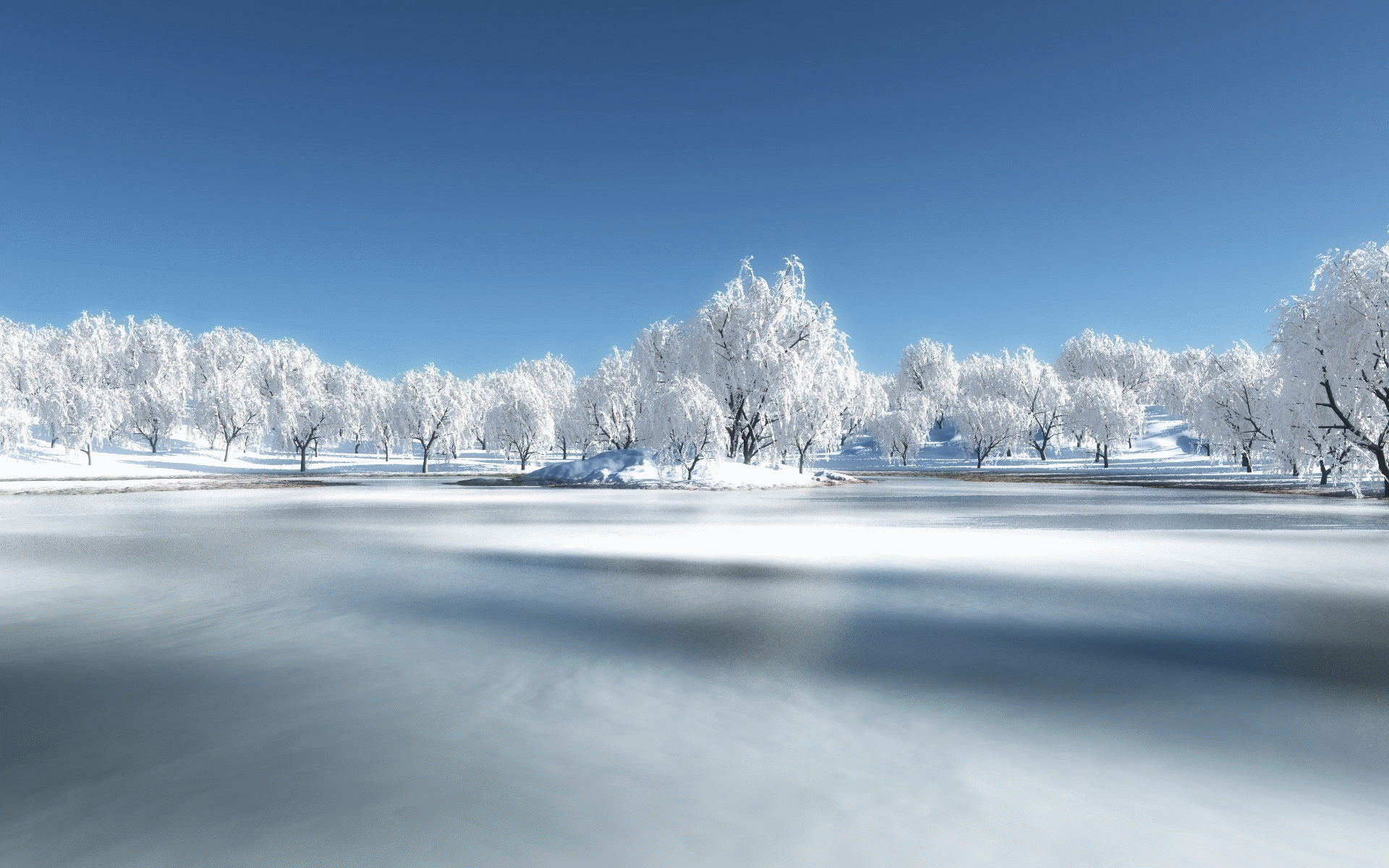 A Frozen lake
Frozen lake at the top surface has living aquatic animals inside.
A Frozen lake
Frozen lake at the top surface has living aquatic animals inside.
Liquids do not have a definite shape. They take the shape of the container.
Thus, we can specify a liquid by its volume. Hence, we can speak of volume expansion only for liquids. Expansion of liquids is much greater than that of solids.
When a liquid is heated in a container, heat flows through the container to the liquid, which means that the container expands first, due to which the level of the liquid falls. When the liquid gets heated, it expands more and beyond its original level. We cannot observe the intermediate state. We can only observe the initial and the final levels. This observed expansion of the liquid is known as the apparent expansion of the liquid. If we consider the expansion of the container also and measure the total expansion in volume of the liquid, then the expansion is termed as the absolute expansion of the liquid.
Anomalous Expansion of water: The volume of water decreases as the temperature increases from 0°C to 4°C. The volume again increases as the temperature is increased further from 4°C. This odd behavior is shown below. The density of water is thus maximum at 4°C. During winter, the surface air is colder than the water in the lake. As the surface water is cooled, it becomes denser and sinks to the bottom of the lake. Surface water cannot possibly be cooled to 0°C without first being cooled to 4°C. And water at 4°C cannot remain at the surface for further cooling unless all the water below is at 4°C. Surface water at 4°C will be denser and will sink before it can be further cooled. So before any ice can form, all the water in a pond must be cooled to 4°C and then the surface water is cooled to 3°, 2°, 1° and 0°C without sinking. Then ice can form. This behavior is known as Anomalous expansion of water.